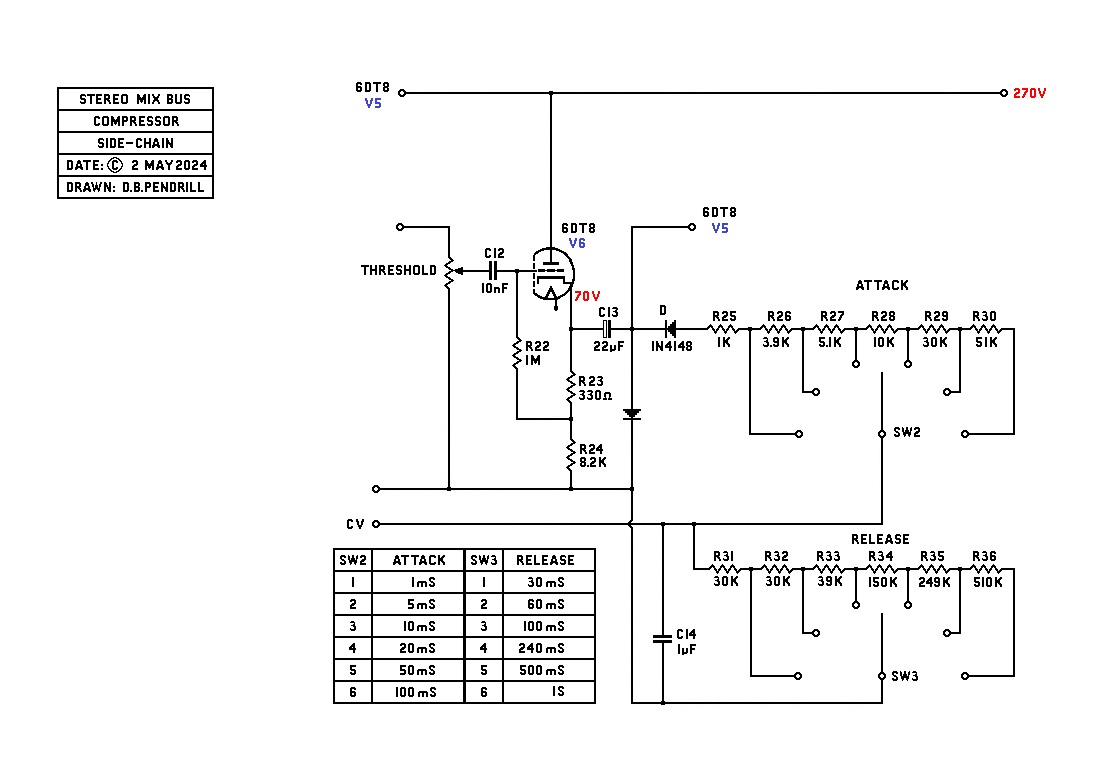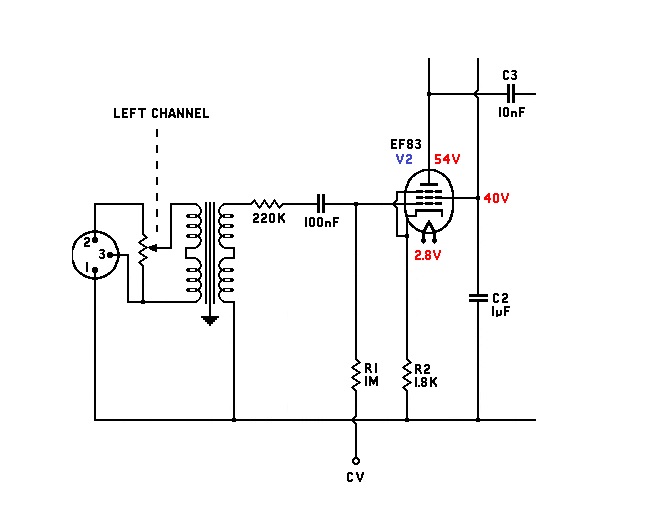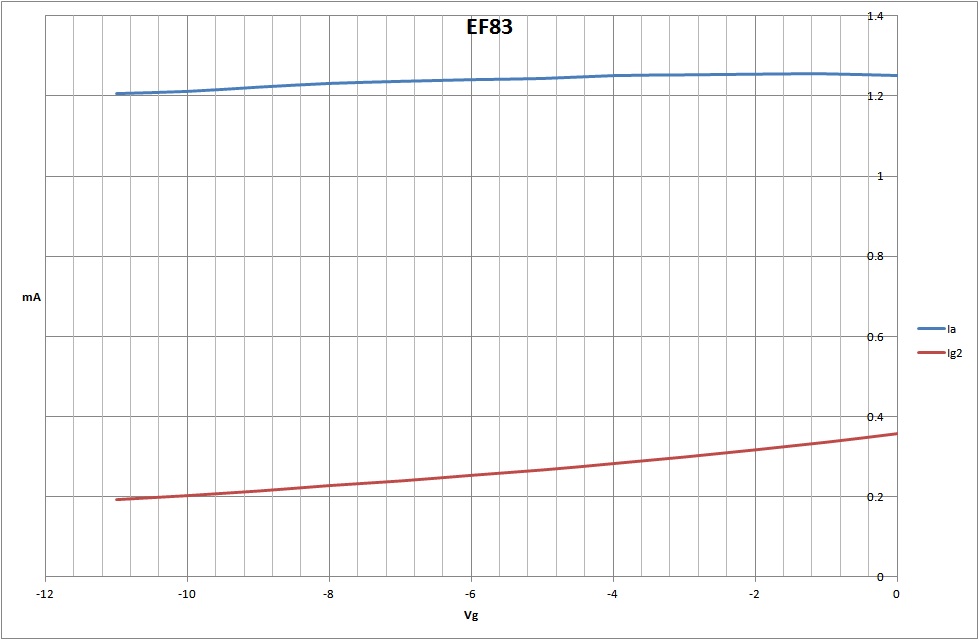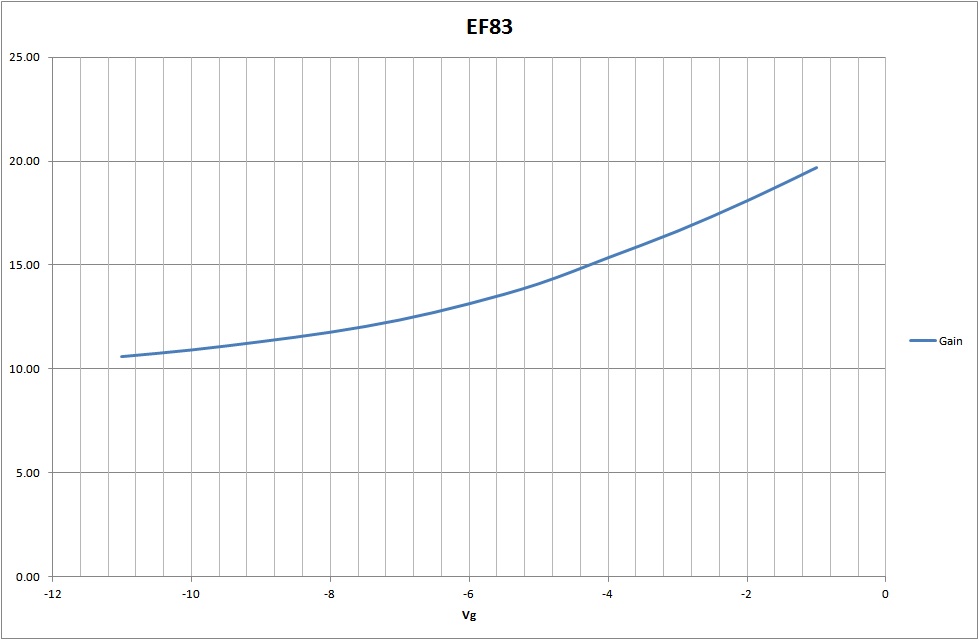Johnny1234
Well-known member
Hi Dave, the 1n4148 diode feed from c6 on the side chain output is reversed in the left or right channel.





In this circuit, the speed of your attack and release times will probably be dominated by the 100nF/1M/220K time constantsOK, I have added a 220k resistor in series followed by a 100nF cap and the negative voltage is no longer lost down the 1M resistor.

I think the negative voltage was shorted out through the IPT and now the input cap is stopping that happening. This makes the circuit more like the taperecorder circuit and it is possible to have up to -9V on the grid now although it should not need that much in normal use.
A good days work!
best
DaveP